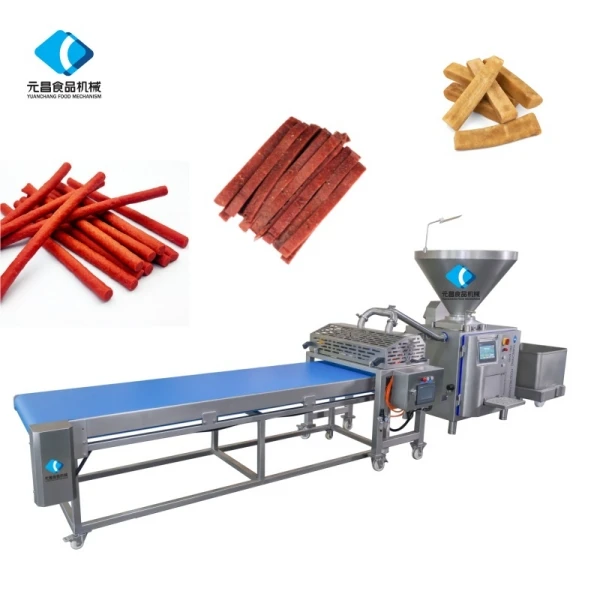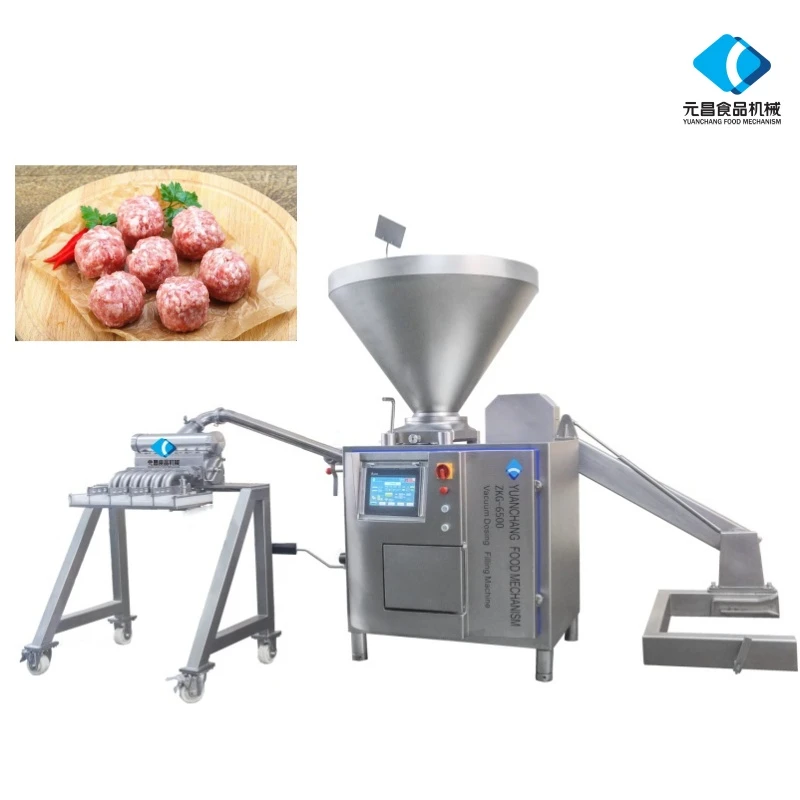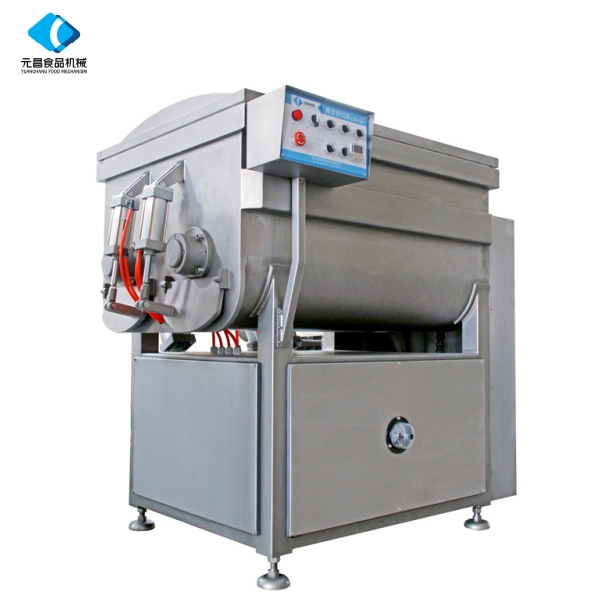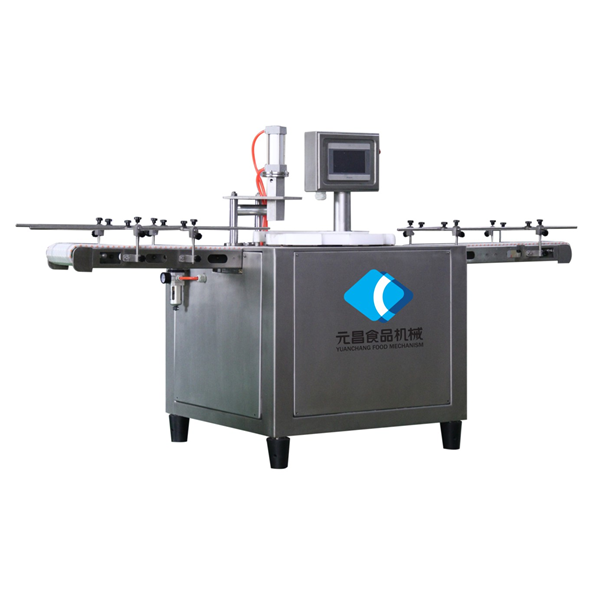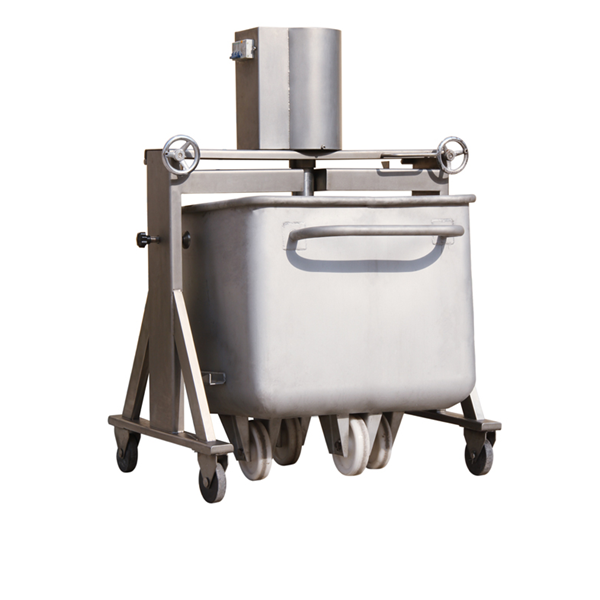Mechanical Clipper - Heavy-Duty, Precision, Low-Maintenance
Automatic Mechanical Great-Wall Double Clipper: notes from the production floor
I still remember the first time I watched a mechanical clipper run in a high-volume sausage room in Shijiazhuang, Hebei—home turf for this unit. To be honest, the rhythm is hypnotic: feed, void, clip, clip, cut. The YC Mechanism Automatic Mechanical Great-Wall Double Clipper (model JCK) hooks up to a vacuum or pneumatic stuffer and just… keeps tempo. Two-handed start for safety, which I like. No accidental nips when you’re moving fast.
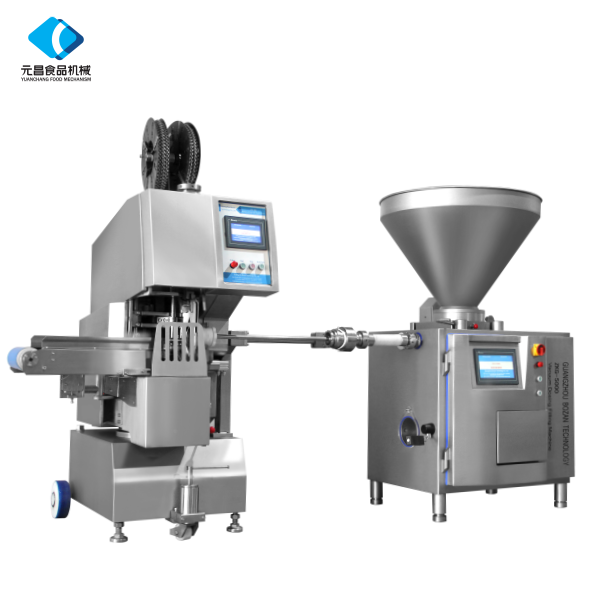
Where this mechanical clipper fits in today’s market
Trends are oddly split: fully servo, screen-everywhere lines on one side; rugged, mechanical reliability on the other. This JCK sits in the reliable camp—fewer electronics, simpler upkeep, faster training. Many customers say it’s easier to keep in tune, and spare parts are straightforward. Actually, for plants running rings and single sausages with frequent size changeovers, that matters a lot more than you’d think.
Product snapshot
| Model | Automatic Mechanical Great-Wall Double Clipper (JCK) |
| Throughput | ≈ 60–120 cycles/min (real-world use may vary with casing, product, operator) |
| Connection | Mechanical/electrical link to vacuum or pneumatic stuffer; integrated voiding separator for weight accuracy |
| Clip range | U-type aluminum clips (common sizes around 15–18 mm throat); ring and single sausage modes |
| Materials | 304/316L stainless frame, food-contact polymers, TIG-welded, passivated |
| Air & Power | Air ≈ 0.6–0.8 MPa; low electrical demand for sensors/controls (plant standard 220–240V or 380–400V) |
| Safety | Two-handed trigger start; guards and interlocks aligned with ISO/CE norms |

Process flow, testing, and service life
- Build: CNC-machined jaws, hardened tooling, anodized subcomponents; smooth radii for hygiene.
- Hygiene: Designed to EN 1672-2 principles; tool-free access points for daily cleanup.
- Testing: Factory FAT includes clip force calibration, weight stability (±1–2 g typical), and 2h endurance run.
- Durability: Clip head life tested to ≈10–15 million cycles; typical service life 8–10 years with preventive maintenance.
- Noise: ≈72–78 dB(A) at 1 m (product-dependent).
- Industries: Meat, plant-based, cheese chubs, pâté, pet food, and seasonal ring products.
Applications and what operators say
In practice, the mechanical clipper shines on ring bologna days and salami lines that change calibers constantly. One Hebei processor reported a 7% reduction in overweight thanks to the voiding separator. Another plant using plant-based emulsions said the clip closure stayed tight even on slick casings—a small but crucial thing.
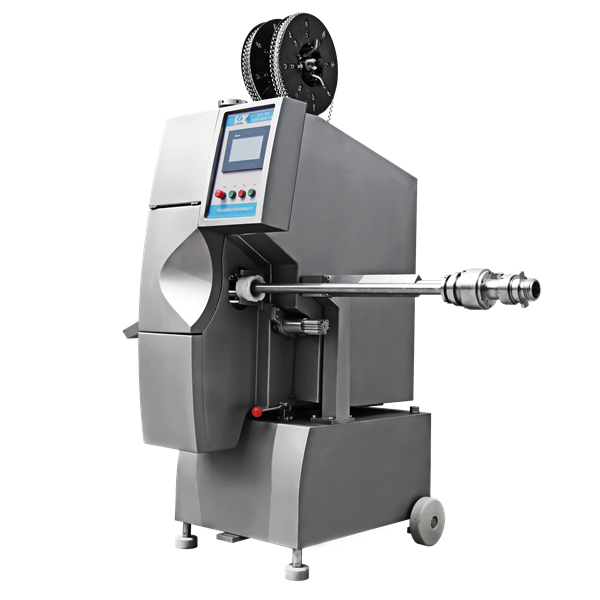
Customization options
Clip rail kits for popular U-clip sizes, custom horn adapters for your stuffer brand, ring mode fixtures, branded clip stamps (where allowed), and operator-side controls (left/right). It seems small, but an extra cleaning drain and a quick-release voider save real minutes at shift end.
Vendor landscape (quick compare)
| Vendor | Strengths | Trade-offs |
|---|---|---|
| YC Mechanism (Shijiazhuang) | Robust mechanical clipper design, competitive cost, local customization, fast parts | Less screen-driven automation; training relies on mechanics skill |
| EU Brand A | High servo integration, advanced HMI, analytics hooks | Higher capex; specialized parts lead time |
| US Brand B | Strong dealer network, broad accessory catalog | OPEX can creep up with proprietary consumables |
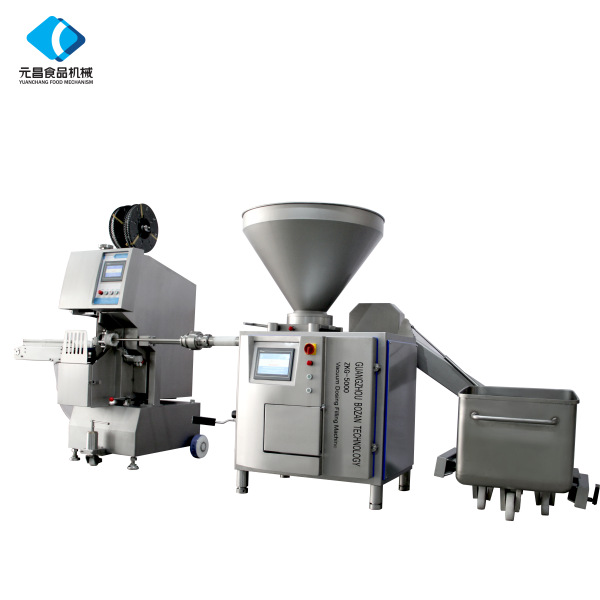
Compliance, data, and boxes to tick
- Standards: ISO 12100 risk assessment, EN 1672-2 hygiene; CE Machinery Directive alignment; food-contact materials under EC 1935/2004.
- QC: Incoming metal certs, hardness and clip-force tests, salt-spray on aluminum rails (≈72 h), SAT on-site assistance.
- Documentation: IQ/OQ checklists, basic HACCP guidance for sanitation zones.
Bottom line? If you want a dependable mechanical clipper that plays nicely with your existing vacuum stuffer and doesn’t fuss, this Great-Wall Double Clipper is a very sane choice—especially when uptime and simple maintenance are the real KPIs.
Authoritative citations
- ISO 12100:2010 — Safety of machinery — General principles for design.
- EN 1672-2:2009 — Food processing machinery — Basic concepts — Hygiene requirements.
- Regulation (EC) No 1935/2004 — Materials and articles intended to come into contact with food.
- Directive 2006/42/EC — EU Machinery Directive (CE conformity).
-
Discover the Benefits of Vacuum Marinating Machines for Efficient Food ProcessingNewsNov.24,2025
-
The Ultimate Guide to Commercial Chicken Scalders: Efficiency, Sustainability & InnovationNewsNov.23,2025
-
Chicken Harvesting Equipment: Efficient & Humane Solutions for Poultry ProducersNewsNov.22,2025
-
Comprehensive Guide to Meat Processing Plant Equipment | Efficiency, Safety & SustainabilityNewsNov.21,2025
-
Meat Processing Bins: Durable Solutions for Safe & Efficient Meat Handling WorldwideNewsNov.20,2025
-
Best Commercial Marinating Machines for Meat Processing | Efficient & ScalableNewsNov.20,2025





